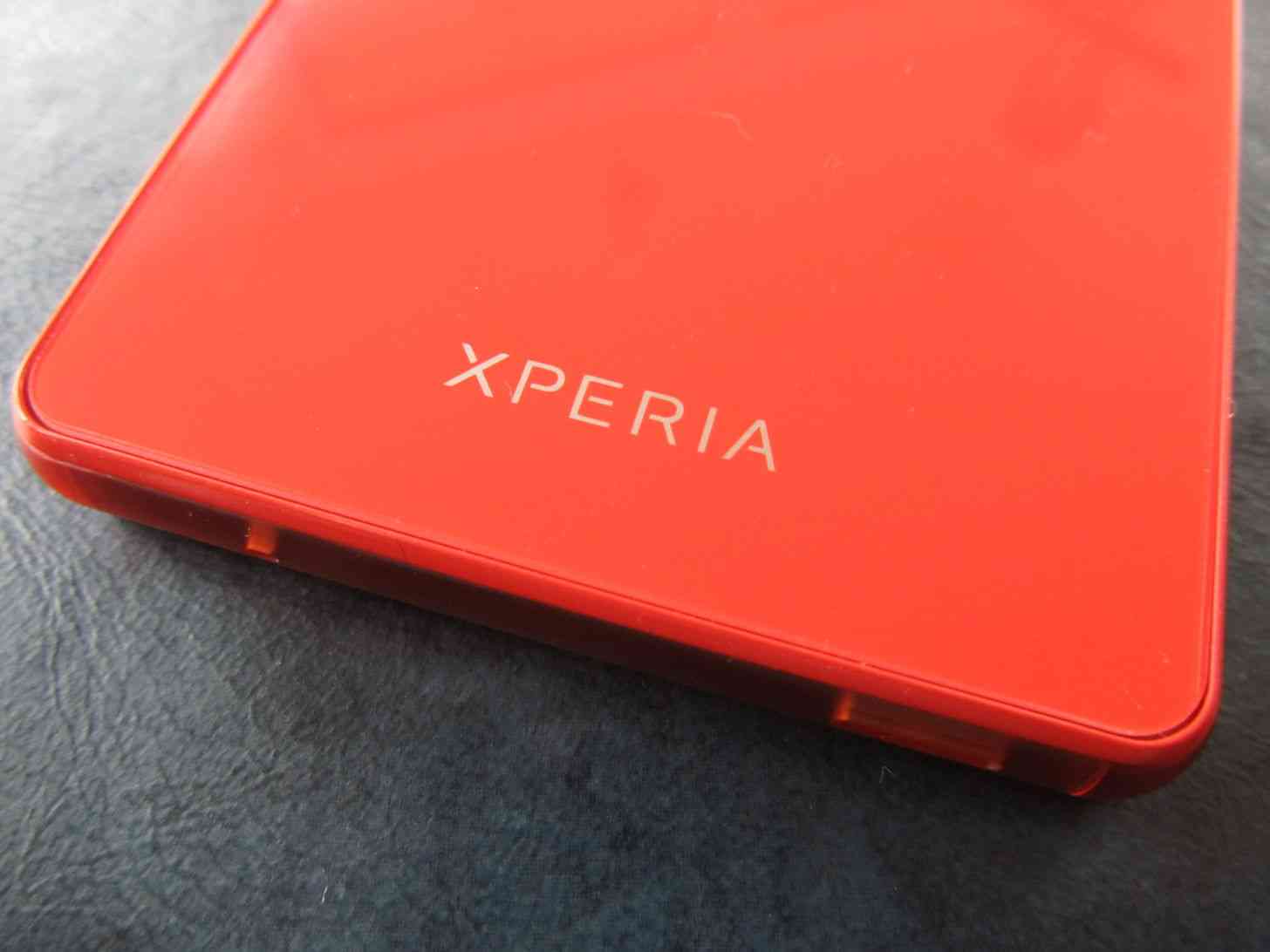
As the title mentions, I’ve switched to the Sony Xperia Z3 Compact. I have been using the Apple iPhone 5s for the better part of 7 months, but recently my charging port decided to completely give out after several months of difficulties. So instead of paying the $200 deductible for a new iPhone, I decided that this was a good opportunity to switch to something different.
Many of you know how I feel about big phones – and for those of you who don’t, the short of it is that it’s not a comfortable hold for me – so my options are pretty limited. Still, I’ve made plenty of mention of how I wish Sony would make a bigger splash here in the U.S., so I decided to spring for the Xperia Z3 Compact (D5803 model number for the AT&T network in the U.S. – the other model, D5833, doesn’t have the proper bands to connect to LTE here). The Compact's ability to rank so closely with its bigger brother, the Xperia Z3, was a big factor in my decision. I was also curious about the long lasting battery.
I’ve only had it for 3 days so far, but I’ve been doing a lot of tinkering with it. The phone is definitely bigger than the 5s, but not so much that it’s unwieldy. The 4.6-inch display is a nice change; I do like the bigger screen, and I can still use it with one hand (a very important feature for me). The overall design is also very sleek. I went with the orange Z3c, and I absolutely adore the bright, vibrant color. The device has some heft in the hand, and I really like that. I’m also pleased with the dedicated physical camera button on the right side. The covers over the microSIM card slot, charing port, and SIM card tray are nice for waterproofing purposes – not that I intend to go dunk my phone in the water or anything, but it’s nice to know that it’s there as a precaution. Here’s to hoping that it works, should I ever be so unfortunate.
I’m happy that there are two front-facing speakers on the Z3 Compact, but in my opinion they don’t measure up to the grand performance on the HTC One’s front-facing speakers. They have the right idea, though.
Switching back to Android is a weird thing. Android is a lot more complex than iOS, so right off the bat I had so many things I could change and customize to my liking. It’s been 3 days already and I’m still finagling with the details to make it just right. It’s not a bad thing, it just makes you realize how ready to go iOS is – which has its own benefits when you don’t have a lot of time to tinker.
I have never used an Xperia Android device before as a phone of my own, so I was interested to see what the Xperia UI was really like in comparison to Samsung, HTC, Motorola, or LG. Overall, it’s not bad. The Xperia UI out of the box is reminiscent of how the PlayStation menu looks, if you’ve ever owned one of those. There are quite a few bloatware apps that I already knew I’d never use, but many apps were able to be uninstalled right off the bat. What I’m left with is not nearly as bad as it could be, and is easy to ignore.

Performance-wise, I can’t really complain. It seems about on par with the 5s. There are a few stutters here and there with the camera and sometimes with messaging, but I think that’s because I decided to turn on STAMINA mode right off the bat. As I’ve mentioned, battery life is an important thing for me, and I’m often willing to forego performance if that means my phone stays on longer. While I love all the things a smartphone can do, I need it to work as a communication device above all else. With that being said, STAMINA mode seems to be doing its job. I’ve never ended the day with less than 40% life, and I’m using my phone a lot more often than I normally would while I get to know this phone.
Both cameras do well. Again, I can’t stress how happy I am that there’s a designated camera button. It’s one of my favorite things that a phone can have. There are a lot of modes to choose from, and I’m learning how to use those to my advantage.
I actually never realized before that magnetic charging was an option here, so although wireless charging wasn’t included, the magnetic charger does the main thing that I wanted out of a wireless charger – a backup method of charging in case the charging port (like on my iPhone) went caput. The charge time using the port isn’t that great, but I read that can be fixed by using a different charger, since the Z3C supports Quick Charge 2.0.
Finally, although I had recently switched to cloud storage due to a crowded iPhone, I am really happy that microSD is an option here. Elated might even be a better word. Now I don’t have to choose between the two.
Between the battery life, waterproofing, wieldy size, alternative charging method, designated camera button, and performance, I have to admit that I think Sony should have started promoting the Z3 series in the U.S. starting yesterday. The last thing I need to figure out is how well the device holds up over a longer period of time, but from what I can gather over these past few days, there are no regrets from me for deciding to buy this phone.